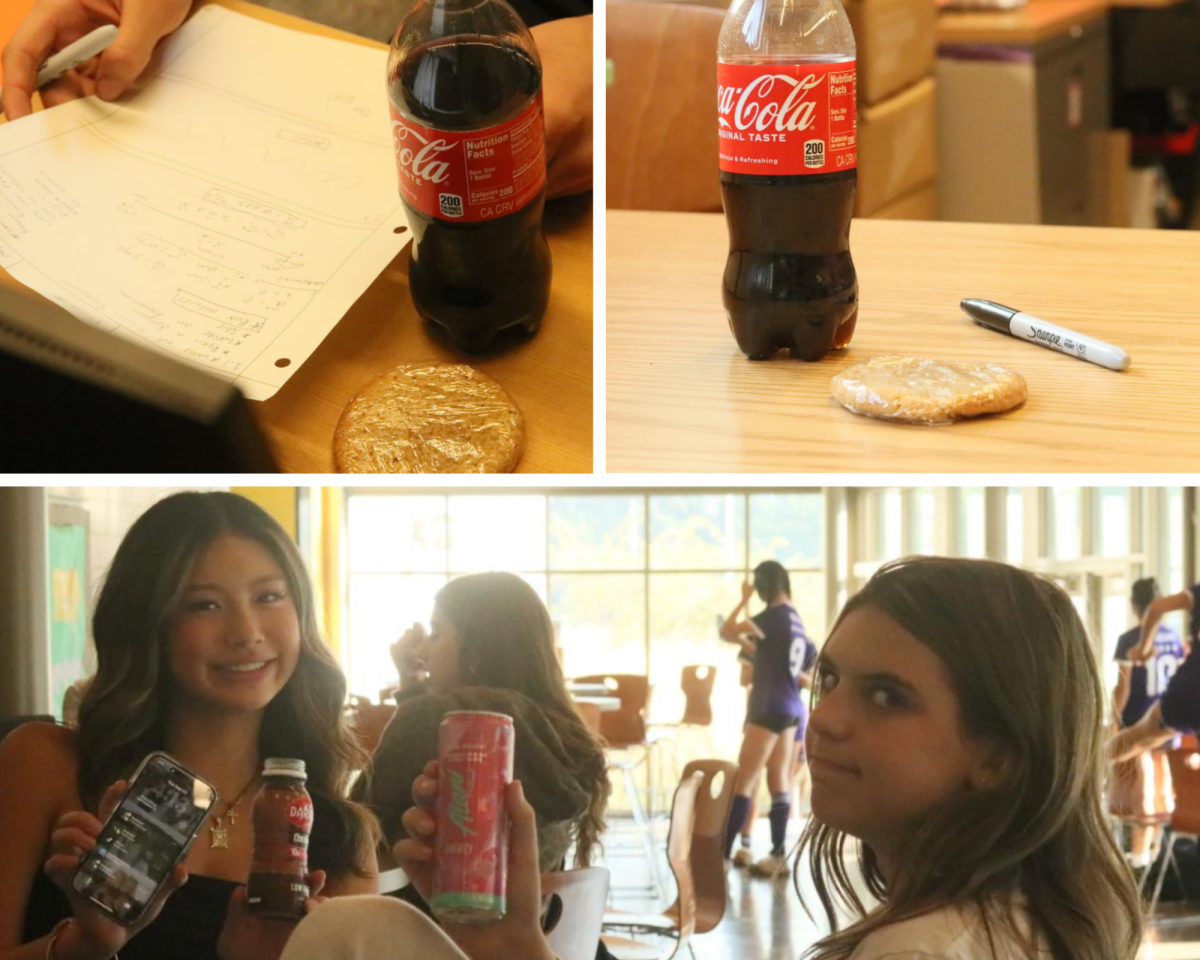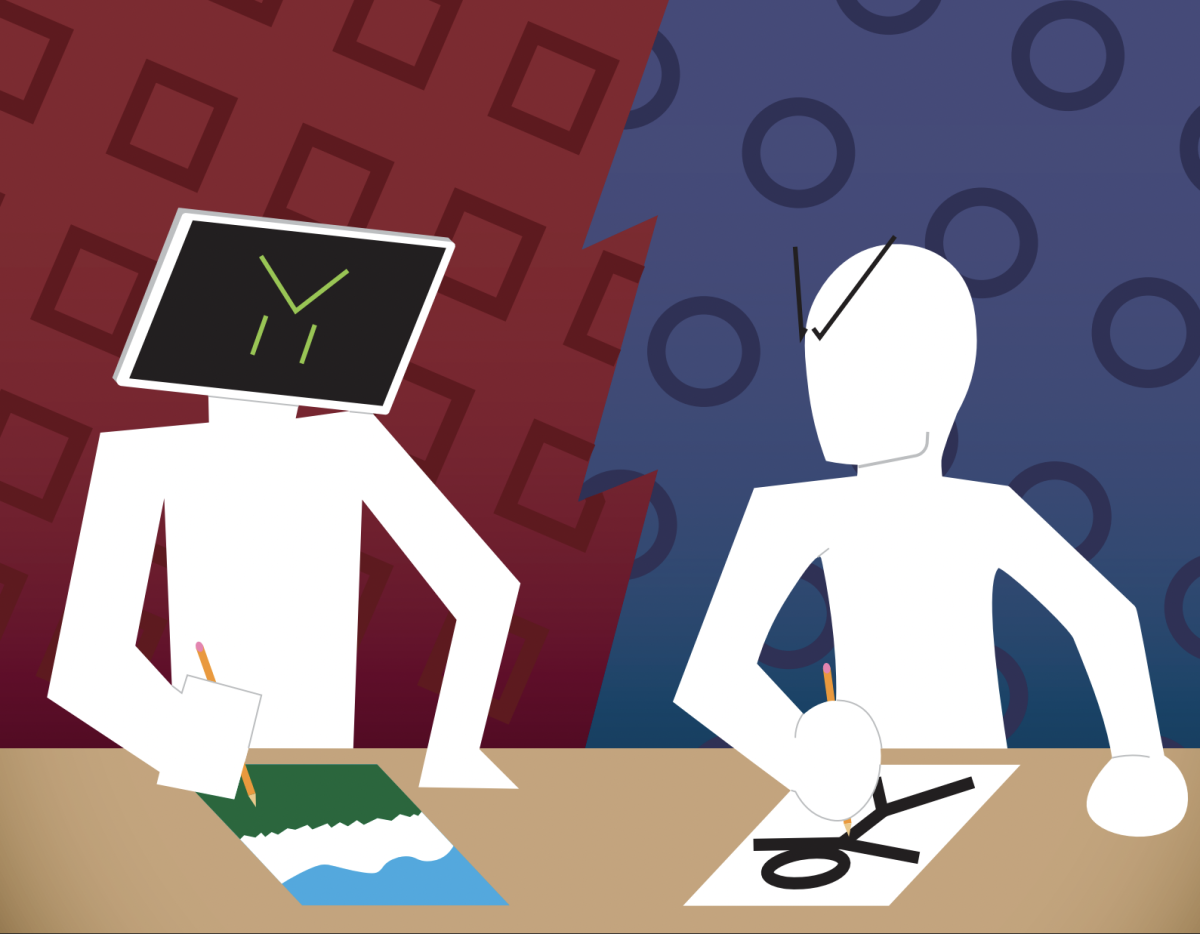Your Xello results are in and are here to tell you your learning style. But what does that mean? IHS and many other Washington schools require their students to complete Xello quizzes focusing on figuring out what students learning styles are. But some debate whether this even benefits your learning and if the tests are even accurate.
Sophomore Iris Yang says, “I think knowing your learning style is beneficial because it can help you avoid certain things while studying.” This is a very common opinion because when you use the most common quizzes that tell you if you are visual, auditory, read/writing, and kinesthetic learners, it shows you how to study and achieve new ways of completing homework and memorizing school subjects faster and in a more successful way. You can find more information about this using the workshop by Wilfrid Laurier University on their website. At IHS, using Xello is a graduation requirement; however, when you complete their survey, it explains how knowing your style will help you in the future with jobs and interviews but not how to help with understanding and processing content in high school and college. For this to be used in a more efficient way, we need to figure out what this means for teenagers and students at IHS.
A huge factor that affects teenagers in school is their learning and studying environment. According to a study by Bay Atlantic University, “A nature learner’s ideal study environment is a calm and relaxing environment. If we had to compare nature learners with another type, it would be tactile learners.” Knowing the correlation between your learning style and the environment that you surrounded yourself in an academic setting can be used to benefit and optimize your learning. A school environment versus a studying environment can be very different. When studying many students do this at their home, like senior Taylor Satterlee does, there can be many distractions such as family members, technology, and even time. Time is a major factor in the studying environment of teenage athletes and students with many extracurricular activities and jobs. The pressure of having a limited amount of time for each subject can add additional stress to the student depending on their learning style.
IHS staff can help aid the different ways students learn by adding different types and options on how to complete notes or do projects. Essays and more research-based projects and assignments have become a topic of discussion recently due to the argument that it does not help students learn a specific topic. One argument is that essays should only be written in English and Literature courses instead of having some essays in classes like language, electives, and STEM courses. Freshman Zachary Stone O’Brian states, “The only classes we should have essays in non-elective courses.” There has been a new study on how teachers can aid students who need to have curriculums and projects catered to their learning style. This is a process called SWOT. An article from Teach.com, describes SWOT as, “(study without tears), and Fleming provides advice on how students can use their learning modalities and skills to their advantage when studying for an upcoming test or assignment.” Later in the article, it describes how SWOT is not the only type of study based on helping students.
One of the main issues with following all the recommendations with your learning styles is the misinformation shared on every website. Even just by comparing the definition of a “visual learner” between two college websites, you can see the difference and bias surrounding the plans of how to study. Junior Parker Smalls says, “I feel like [learning styles] depends on the subject.” Take a science class versus an art class for example. The way you would pay attention in the classroom to the way you would review would be completely different. However, if you are limited to only knowing and believing that you will be able to understand the topic by following a list, it can cause a student to miss out on learning a way to understand and master a topic at school.
In the beginning of this article, I mentioned the most common styles that are referenced: visual, auditory, read/writing, and kinesthetic learners. However, just because they are the most well-known does not mean that other studies are less accurate. An article by MindTools describes the mountain of different studies based on learning styles. One example of these studies is “David Kolb’s model of ‘experiential learning’ stated that we learn continually, and, in the process, build particular strengths. Those strengths were said to give rise to personal preferences, which Kolb described in terms of four learning styles: Accommodating, Converging, Diverging, and Assimilating.” Now that you have this information in mind, notice how your learning style affects your regular day at IHS.






